PRESSURE GAUGES
Measuring pressures in a closed system requires a different method—the Bourdon tube, Figure 1. The Bourdon tube is linked to a needle and can measure pressures above and below atmospheric pressure. A common tool used in the refrigeration industry to take readings in the field or shop is a combination of a low-pressure gauge (called the low-side gauge) and a high-pressure gauge (called the high side gauge), Figure 2. The gauge on the left reads pressures above and below atmospheric pressure and is called a compound gauge. The gauge on the right will read up to 500 psi and is called the high-pressure (high-side) gauge.

as brass. It is closed on one end, and the other end is fastened to the pressure being checked. When pressure increases, the tube tends to straighten out. When attached to a needle linkage, pressure changes are indicated.



These gauges read 0 psi when opened to the atmosphere. If they do not, then they should be calibrated to 0 psi. The
gauges are designed to read psig (pounds-per-square-inch gauge pressure). Atmospheric pressure is used as the starting or reference point. If you want to know what the absolute pressure is, you must add the atmospheric pressure to the gauge reading. For example, to convert a gauge reading of 50 psig to absolute pressure, you must add the atmospheric pressure of 14.696 psi to the gauge reading. Let us round off 14.696 to 15 for this example. Then 50 psig 15 65 psia (pounds per square inch absolute), Figure 3.
Copied from REFRIGERATION & AIR CONDITIONING TECHNOLOGY by WILLIAM C. WHITMAN, WILLIAM M. JOHNSON, JOHN A. TOMCZYK and EUGENE SILBERSTEIN
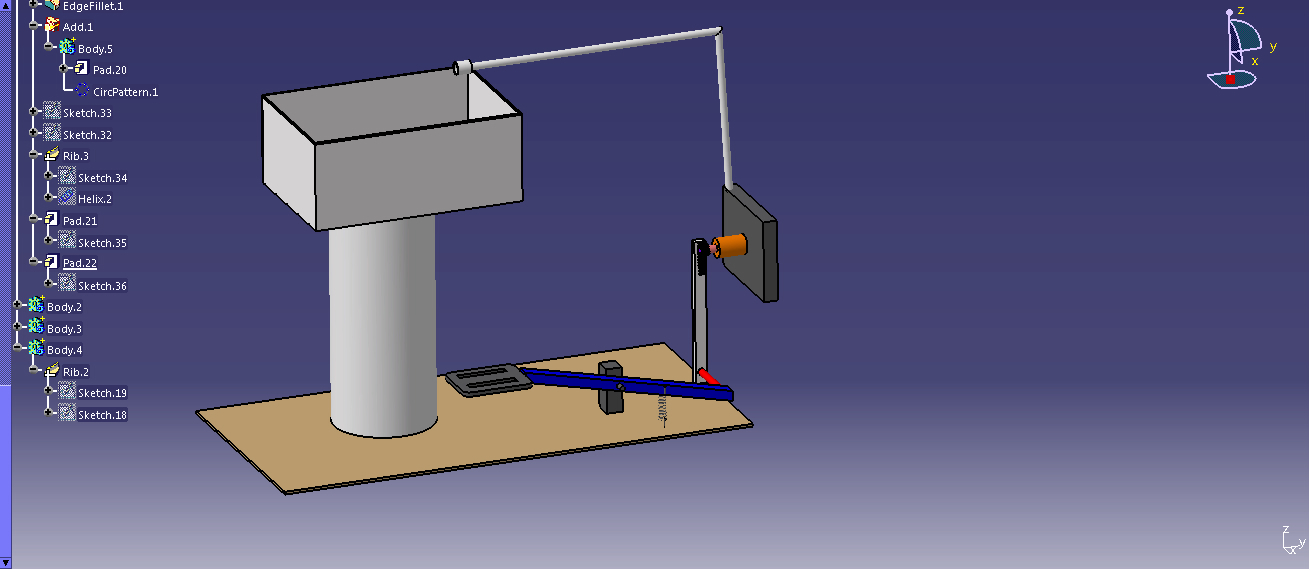


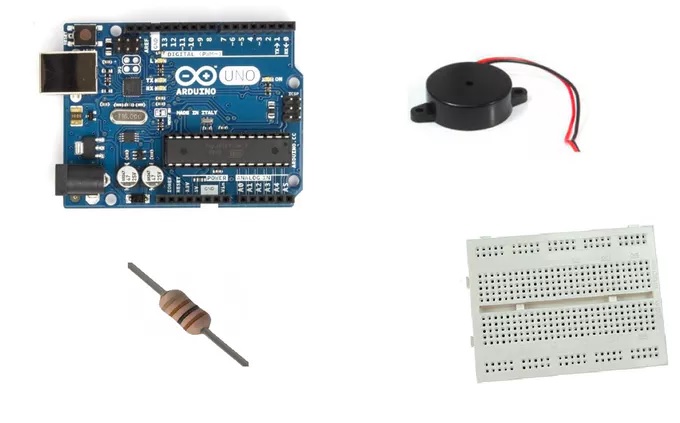
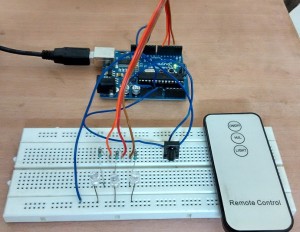


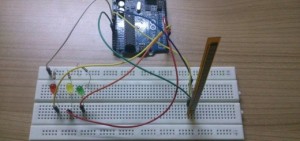
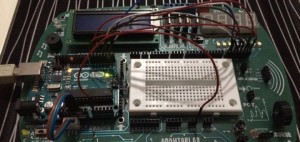
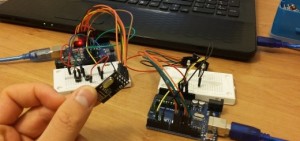
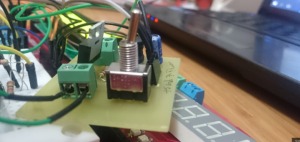
Post Comment
You must be logged in to post a comment.